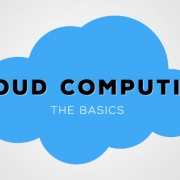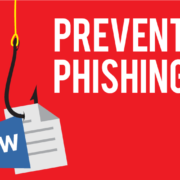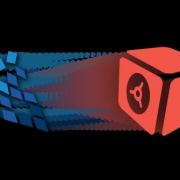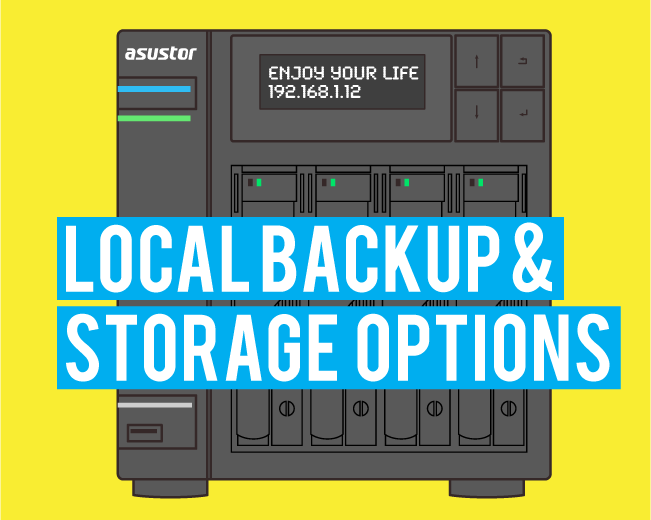How Cloud Backup Can Protect Against Ransomware
Amongst all kinds of computer attacks, ransomware is the worst. While malware would corrupt some files, and adware might simply make your web-browser to slow down, ransomware is just a whole other ball game. Ransomware could be taken care of by implementing a decent security procedure, teaching employees about its dangers, adding good antivirus program, and using a robust cloud back service.
A ransomware program encrypts and locks important files and documents on a computer. The attacker then demands a ransom in exchange for the decryption key that can unlock the computer. To stay off the radar of cyber security researchers and law enforcement agencies, these attackers usually demand payment in Bitcoins, making it even more difficult to track them down. So, what can you do to protect yourself? A cloud backup service that is capable of bare metal resource is the answer.
Ransomware is the #1 Security Concern for Organizations Today
A recent survey from Osterman Research* revealed that 21% of companies did not suffer any kind of ransomware attacks with in the previous 12 months, while double that amount, 41%, of the participating organizations suffered at least one ransomware attack during the same period. Another report** released by Symantec, revealed that there were about 130,000 ransomware infections in March 2016 alone. This is shocking, but unfortunately true.
Ransomware has become a major threat for most organizations around the world. The fact that cyber criminals are able to exploit phishing emails so efficiently, and use a complex set of evasive techniques to go unnoticed by even the best security programs is a matter of concern for IT security firms.
How are Hackers Able to Attack Your Systems and Get Away With it?
A ransomware uses any of the following tactics to remain anonymous while infecting your system:
- Fast Flux, a DNS technique that helps it to remain hidden behind a constantly changing network of compromised hosts that act as proxies.
- Traffic anonymizers such as Bitcoin or TOR. These make it impossible for law enforcement agencies to detect it.
- It can become dormant if need be, and be made to attack the system when it’s most vulnerable. The fact it can be fast and super effective also helps in its execution.
- It takes advantage of domain shadowing that hides the communication between the downloader (payload) and server of origin.
How Cloud Backup Help?
No matter how strong your security system is, there is always a possibility of a cyber attack. However, when a ransomware is involved, there is little hope for protection. The only way to protect your crucial business data from these attacks is to set a cloud backup system that is capable of bare metal restore.
Ransomware hackers often destroy all of your data if the ransom is not pain on time. Thus, file systems that are in the infected machine are gone forever. If you are using an in-house, on-premise, local backup system, then a ransomware can easily render the disaster recovery mechanism useless. An experienced cloud backup solution provider, on the other hand, can provide a much better protection. Make sure that you ask for a ransomware protection when selecting the cloud backup vendor.
Data Deposit Box offers a complete cloud backup and recovery solution, via software and local appliance, which provides numerous ransomware recovery options. Data Deposit Box’s technology provides ransomware recovery for granular file, folder, virtual system, databases, and complete system restores for servers and workstations in one complete SMB-focused solution.
Unlike other image-based solutions that allow for ransomware recovery, Data Deposit Box provides customized, configurable and complete granular recovery solution, bare-metal and full system recovery (workstations and servers), file versioning, Point-in-Time recovery, SQL Database, Exchange, and VMWARE generation recovery; avoiding actual backup files from become infected.
Please visit the Ransomware page for more information.
* https://goo.gl/sGtm9i
** https://goo.gl/bMb3Eg









Leave a Reply
Want to join the discussion?Feel free to contribute!